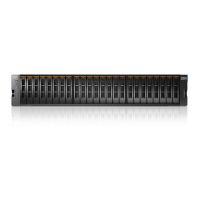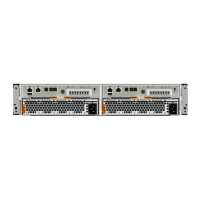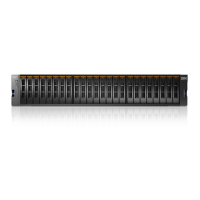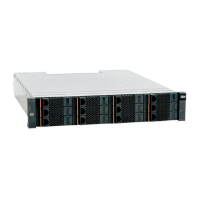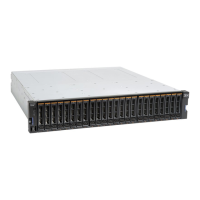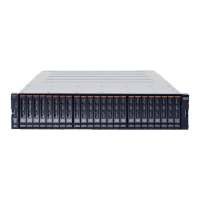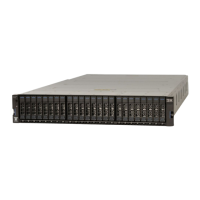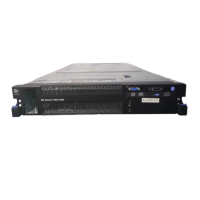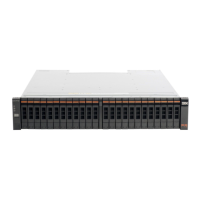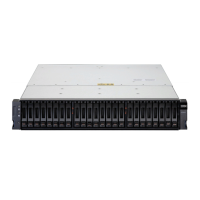286 Implementing the IBM Storwize V5000 Gen2 with IBM Spectrum Virtualize V8.1
From a host point of view, the host would complete the following tasks:
Gracefully failover I/O to different node canister if the node canister it is using is about to
pend to avoid expensive error recovery as a result of losing active paths that can impact
business applications.
Send I/O to one node canister even if the preferred node canister is unavailable, because
round-robining across multiple node canisters affects application I/O performance.
To minimize the issues outlined here the Proactive Host Failover feature has been added to
Spectrum Virtualize since V7.8.1. Due to the Proactive Host Failover feature, the host
multipath driver will get notification for node canister removal or node canister reboot during
the planned maintenance procedures of IBM Storwize V5000 Gen2.
Due to the notification received, the host will use the partner node canister for I/O. Therefore,
the I/O does not need to be timed-out and retried.
The following points are worth noting in regards to Proactive Host Failover:
When an IBM Spectrum Virtualize system knows a node canister is about to go down, it
raises unit attentions to try to trigger host path failovers to surviving node canisters.
Requires the host to be tracking the preferred paths - usually requires ALUA support.
Delays the failback when a node canister is online until the node canister has confirmed it
is ready to service I/O.
Works with and without NPIV enabled, and for all connection protocols that IBM Spectrum
Virtualize system supports.
Adjusts preferred paths when node canisters are unavailable so that the IBM Spectrum
Virtualize system should always be presenting a set of preferred paths.
Note: Proactive Host Failover is an internal feature of IBM Spectrum Virtualize software.
There are no changes to the CLI or GUI for this feature.

